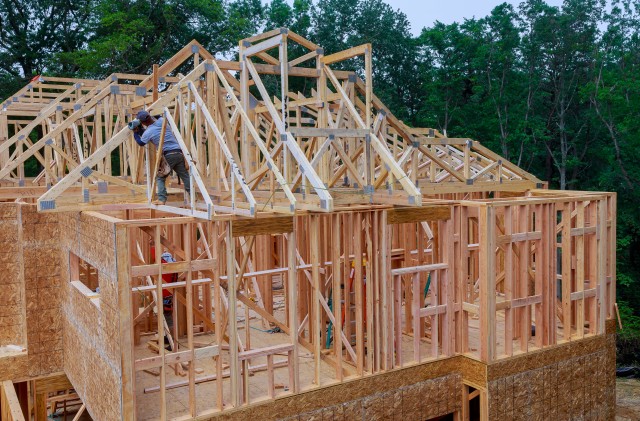Are you in need of a new roof for your home, but unsure of Right Roofing Material? Look no further! In this article, we will guide you through the process of selecting the perfect roofing material for your needs.
We’ll discuss the factors you should consider, explain the different types of materials available, and weigh the pros and cons of popular options.
By the end, you’ll be equipped with all the information you need to make an informed decision. Let’s get started!
Table of Contents
ToggleFactors to Consider in the Right Roofing Material
When choosing roofing materials, you’ll want to consider factors such as durability, cost, and aesthetic appeal.
Cost considerations are an important aspect of selecting the right roofing material for your home. It’s essential to think about not only the upfront cost of the material itself but also its long-term maintenance expenses. While some materials may have a higher initial cost, they may require less maintenance and last longer, making them a more cost-effective choice in the long run.
Additionally, it’s crucial to consider the environmental impact of the roofing material. Look for materials that are energy-efficient, recyclable, and made from sustainable resources. Choosing a roofing material with a low environmental impact can contribute to a greener and more sustainable home.
Understanding Different Types of Roofing Materials
If you’re looking for options, it’s important to understand the different types of roofing materials available.
When it comes to roofing material durability options, there are several choices to consider. Asphalt shingles, for example, are a popular choice due to their affordability and moderate durability.
Metal roofs, on the other hand, offer excellent durability and can last up to 50 years or more.
Another option is clay or concrete tiles, which are known for their longevity and ability to withstand harsh weather conditions.
When considering the environmental impact of different roofing materials, it’s worth noting that some options are more sustainable than others.
For instance, metal roofs are highly recyclable, while asphalt shingles contribute to landfill waste.
Understanding these differences can help you make an informed decision when choosing the right roofing material for your home.
Pros and Cons of Popular Roofing Options
It’s important to weigh the pros and cons of popular roofing options before making a decision. When it comes to choosing the right roofing material for your home, you need to consider both the advantages and disadvantages.
Let’s start with asphalt shingles, the most popular choice among homeowners. The advantages of asphalt shingles include affordability, easy installation, and a wide range of colors and styles. However, they are not as durable as other options and may require more maintenance over time.
Another popular option is metal roofing. The advantages of metal roofing include longevity, energy efficiency, and resistance to fire and pests. On the downside, metal roofs can be more expensive upfront and may be noisy during heavy rain.
Assessing Your Home’s Roofing Needs
Assessing what your specific roofing needs are is crucial in determining the best option for your home. Start by measuring your roof dimensions to get an accurate estimate of the materials you will need. This will help you avoid any unnecessary expenses or shortage of supplies.
Next, evaluate the existing roof condition to identify any repairs or replacements that might be required before installing a new roof. Look for signs of damage, such as leaks, missing shingles, or sagging areas.
Consider the climate and weather conditions in your area to choose a roofing material that can withstand the elements and provide adequate protection.
Tips for Making the Final Decision on Roofing Material
When making the final decision on your roofing material, consider the durability and maintenance requirements.
Comparing costs is an important factor to consider as well. Different roofing materials vary in cost, so it’s essential to evaluate your budget and choose a material that fits within your financial means.
Additionally, don’t forget to consider the environmental impact of the roofing material you choose. Some materials may be more eco-friendly than others, such as those made from recycled materials or those that are energy-efficient.
By selecting a roofing material with a low environmental impact, you can contribute to sustainability efforts and reduce your carbon footprint.
Conclusion
In conclusion, choosing the right roofing material for your home is a crucial decision that requires careful consideration. By taking into account factors such as durability, cost, and aesthetic appeal, you can make an informed choice that suits your needs.
Understanding the various types of roofing materials and weighing their pros and cons will further assist you in making the right decision.
Lastly, assessing your home’s roofing needs and following these tips will ensure that you select the perfect roofing material that will protect your home for years to come.





